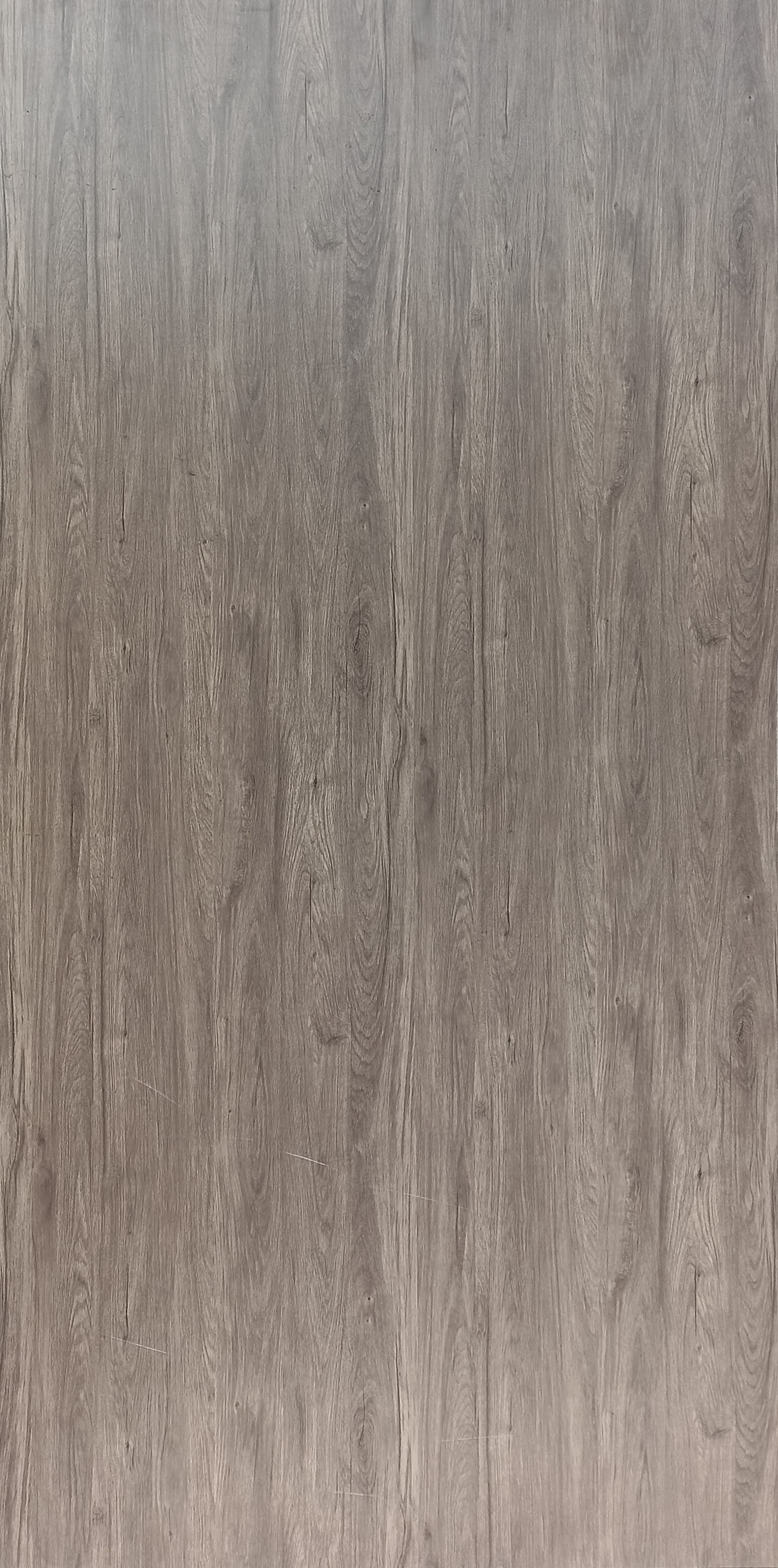Environmental Impact and Sustainability of Melamine PlywoodAs awareness grows regarding the environmental impact of construction materials, it is essential to consider the sustainability aspects of melamine plywood. While this material offers significant benefits in terms of durability and ease of maintenance, its production process and disposal have implications for the environment.
1. Production Process:The manufacture of melamine plywood involves the use of formaldehyde-based resins, which can release volatile organic compounds (VOCs) during production and after installation. However, advancements in technology have led to the development of low-VOC and zero-VOC adhesives, reducing the environmental footprint.
2. Material Sourcing: The sourcing of raw materials for melamine plywood, including wood veneers and particle boards, can affect forest ecosystems. Opting for products sourced from sustainably managed forests and certified by organizations such as the Forest Stewardship Council (FSC) helps minimize deforestation and promotes responsible forestry practices.
3. Recycling and Disposal: Melamine plywood can be recycled at the end of its life cycle. Many recycling facilities accept this material for repurposing into new products. Proper disposal methods should be followed to prevent contamination and ensure that recyclable materials are processed correctly.
4. Energy Efficiency:The energy consumption involved in producing melamine plywood is relatively low compared to some other construction materials. However, efforts to improve energy efficiency in manufacturing processes can further reduce the carbon footprint associated with this material.
5. Certifications and Standards: Look for certifications that indicate the environmental responsibility of the manufacturer. Certifications such as ISO 14001 for environmental management systems and GreenGuard certification for low chemical emissions can provide assurance that the product meets high standards of sustainability.
By considering these factors and choosing responsibly sourced and eco-friendly options, users can contribute to a more sustainable built environment while still enjoying the benefits of melamine plywood.








